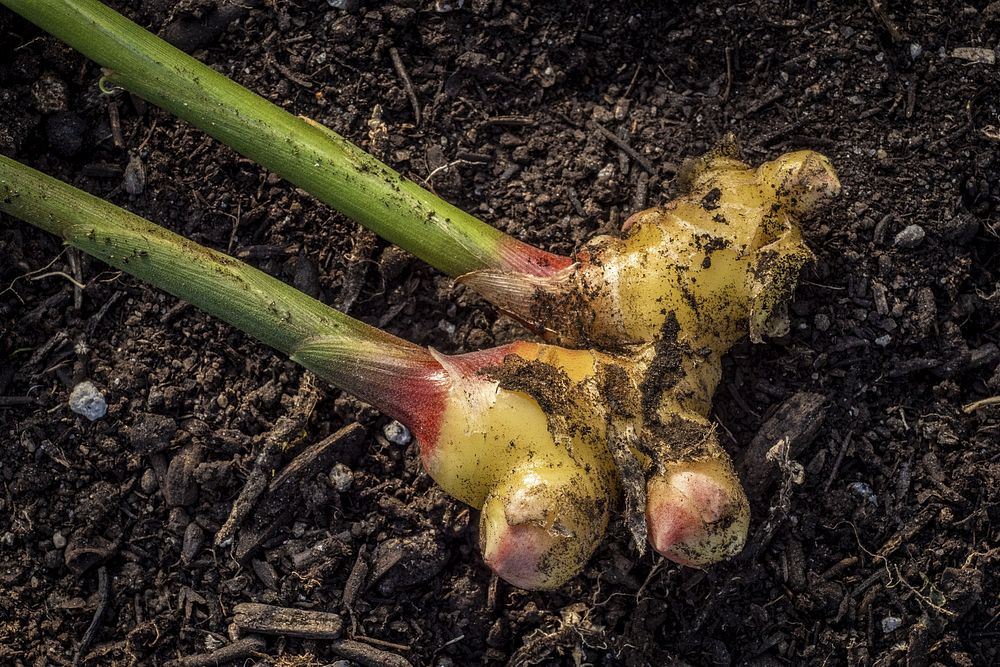The spice known as ginger is derived from the rhizomes, or underground stems, of the plant Zingiber officinale. Revered for its distinctive fiery flavor and myriad health benefits, ginger is used worldwide in cooking and medicine. This article delves into the fascinating world of ginger, including its culinary uses, health benefits, and how to grow and harvest it yourself.
Ginger: A Culinary Staple
Native to Southeast Asia, ginger has been used for centuries in a variety of dishes. Its unique flavor, described as hot, zesty, and slightly sweet, is a fundamental component in many Asian cuisines, often used in curries, stir-fries, and soups. Ginger also adds a warming, aromatic quality to baked goods and teas.
In addition, ginger plays a starring role in several beverages, including ginger ale, ginger beer, and ginger tea. These drinks are not only refreshing but are also commonly used to soothe digestive discomfort.
Health Benefits of Ginger
Ginger is not just a flavorful spice, but a potent medicinal plant. Here are some key health benefits associated with ginger:
- Nausea Relief: Ginger is highly effective against nausea and is often used to combat morning sickness during pregnancy and post-operative or chemotherapy-induced nausea.
- Anti-Inflammatory Properties: The phenolic compounds in ginger, such as gingerols and shogaols, have anti-inflammatory and antioxidant effects, which can help reduce inflammation in the body.
- Digestive Aid: Ginger has been used traditionally to alleviate dyspepsia (discomfort after eating), stimulate gastric motility, and relieve gastrointestinal irritation.
- Pain Reduction: Some research suggests that ginger can reduce muscle pain and soreness, thanks to its anti-inflammatory properties.
- Lower Blood Sugars and Improve Heart Disease Risk Factors: Recent research suggests that ginger may have powerful anti-diabetic properties, helping to lower blood sugar levels and improve various heart disease risk factors in patients with type 2 diabetes.
Growing and Harvesting Ginger
Growing your own ginger plant can be a rewarding experience. Ginger plants prefer warm, humid conditions, well-drained soil, and partial shade. They can be grown indoors in cooler climates.
To start your ginger plant, simply plant a piece of ginger rhizome, ensuring that the “eyes” or growth buds are facing upwards. Keep the soil moist, and within a few weeks, you should see shoots emerging from the soil.
To harvest ginger, simply unearth the rhizome, cut off the amount you need, and then replant the remainder. Remember, patience is key; it takes about 8 to 10 months for the rhizomes to fully mature.
Conclusion
Whether you’re a food enthusiast, a gardener, or someone who appreciates natural health remedies, ginger offers something for everyone. So why not try incorporating more ginger into your diet, or even attempt growing your own? With its vibrant flavor and health-boosting properties, ginger truly stands out as a versatile, beneficial addition to your culinary and medicinal repertoire.

